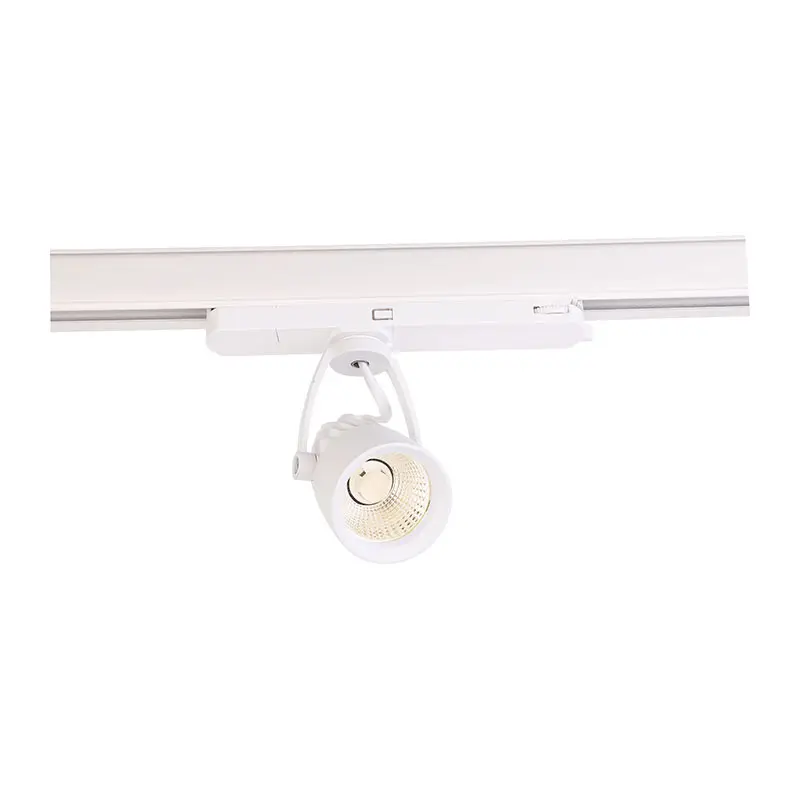Non-dimmable track lights can serve different purposes in concerts and theater productions due to the distinct environments and requirements of each.
Here are some key differences in their usage:
Concerts
- Lighting Design: In concerts, non-dimmable track lights are often used for specific areas, like stage edges or backstage, where consistent lighting is needed for safety and visibility.
- Focus on Performance: The lighting is typically brighter and more focused on the performers, enhancing visibility without the need for subtle transitions.
- Color and Effects: While some concerts use colored lights, non dimmable tracklight China options may limit the ability to create dynamic lighting effects that evolve throughout a performance.
- Static Lighting: These lights may provide static illumination that complements the overall lighting design, which is often more dynamic and varied due to the use of other types of lighting.
Theater
- Scene Changes: In theater, non-dimmable track lights can illuminate specific areas consistently during scene changes, but they may not be as flexible for dramatic lighting shifts.
- Emphasis on Mood: Theater lighting often aims to enhance the mood of a scene. Non-dimmable lights may not contribute to this as effectively as dimmable options, which can create ambiance through gradual changes.
- Safety and Visibility: Similar to concerts, non-dimmable lights ensure safety for actors moving on and off stage, providing consistent visibility without the risk of sudden changes.
- Supplementary Lighting: These lights may be used to support primary lighting instruments, serving as fill lights that maintain visibility in darker scenes without altering the mood dramatically.
Summary
In summary, while both concerts and theater use non-dimmable track lights to enhance visibility and safety, the approach to their use differs based on the goals of the performance. Concerts typically focus on bright, consistent lighting to showcase performers, while theater may rely on these lights for specific, static functions that support the overall narrative without dynamic transitions.
